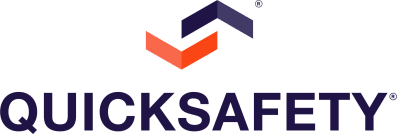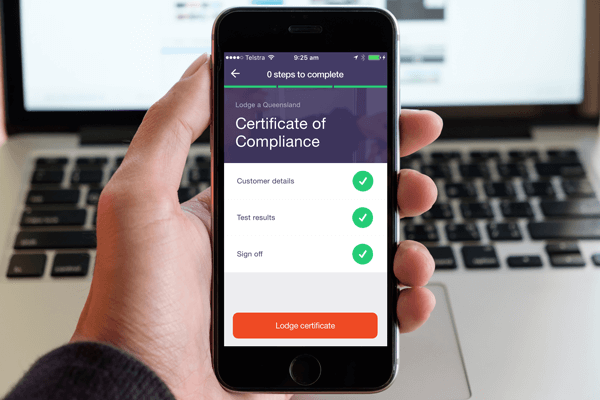QuickSafety: A mobile solution for electrical safety and compliance
The Innovation
QuickSafety’s core product is a mobile app for electricians tackling compliance, risk and safety issues. The app enables electricians to complete safety certificates on their mobile device which are stored in accordance with regulatory requirements and can be accessed by asset owners, managers and regulators. The Brisbane-based start-up is also working towards preventive maintenance solutions based on data from the app to avoid costly power outages and system downtimes.
The diffusion and adoption process
What are the factors driving the adoption?
The young start-up seeks to further expand its business into the mining industry after having delivered successful user and customer experiences in the electrical and construction sector. A number of conditions and factors are anticipated to drive the adoption:
- Compliance is a regulatory requirement: Electrical circuits need to be checked for compliance after installation and during retests. Currently used paper-based forms are laborious to complete and prone to
errors; using the mobile app can fast-track the process, increase productivity and efficiency. - Instant validation of compliance: Data entered into the app is validated in real-time against compliance with standards of AS/NZS 3000 / 3017 which cannot be achieved by paper-based forms.
- Greater transparency: In line with regulatory requirements, compliance certificates are stored for five years and can be digitally accessed by electricians, mining operators and regulatory bodies – thereby providing easy access to all relevant stakeholders.
- Organisational health and safety drivers: Application of QuickSafety’s National Safety Alerts promises advances in electrical safety addressing the need of mining companies to provide a safer work environment for employees.
- Room for value-added advancements: Ongoing development of preventive and proactive maintenance functionality aims to add more value to the innovation by helping to prevent outages and system downtimes.
- Easy implementation of the innovation: The mobile app can be used on an electrician’s smartphone, reducing the need for investing in new hardware and offering an easy-to-use interface (e.g. red/green for
fail/pass).
What are the barriers to diffusion and adoption? And how is QuickSafety managing these bottlenecks?
While some factors are favourable for the diffsion of QuickSafety’s innovation, the start-up is facing challenges and bottlenecks. Diffrent approaches and strategies assist with addressing these issues.
Challenge:
Electricians and electrical contractors demonstrate some resistance to change due to learned routines and limited awareness of possible issues with current approaches.
Strategy:
- Educating potential customers and emphasising value of the product in terms of minimising safety, risk and compliance issues.
- Offering the app for free to electricians highlighting time-savings for everyday jobs and risk reductions (e.g. safety alerts to the phone).
- Collaboration with industry association to promote the mobile app and its advantages to their members; such as increased safety, real-time validation, and ease of use.
Challenge:
Regulatory requirements: The mobile app and its safety certificates need to comply with each state’s mining regulatory requirements.
Strategy:
Structured and strategic approach to meet regulatory requirements by moving from the top to the bottom: From federal to state level to industry-specific regulations. QuickSafety is now fully certified to AS/NZS3000/3017 Standards and is approved by each States Electrical Regulator.
Challenge:
Long procurement processes and cycles at mining companies can make it challenging for a start-up with limited resources to survive over long time-frames.
Strategy:
Diversification strategy to not only focus on mining but also on other industries such as construction.
Challenge:
Start-ups new to market and industry face liabilities due to newness, smallness, and resource constraints.
Strategy:
- Targeted networking at conferences and industry events to increase knowledge of market and industry and to seek relevant contacts.
- Seeking validity for the start-up through different strategies: Participation in METS accelerator programs /
receiving funding from a venture capitalist well-known in the mining industry / Receiving regulatory certification and approval.
Challenge:
Size and structure of mining customers: For start-ups in the METS sector it can be challenging to find the right
contact person within a mining company with their sometimes convoluted structures of different departments, different sites and different responsibilities. Contact persons in head offices may not have an understanding of issues related to electrical compliance at mine sites.
Strategy:
- Educating potential customers about the issues and problems they may be facing and what solutions can be provided – for example at conferences or during in-house presentations.
- After initial contacts have been made, trying to stay ‘on the radar’ and build long-lasting relationships through ongoing personal contacts and showing presence at relevant industry events and conferences.





